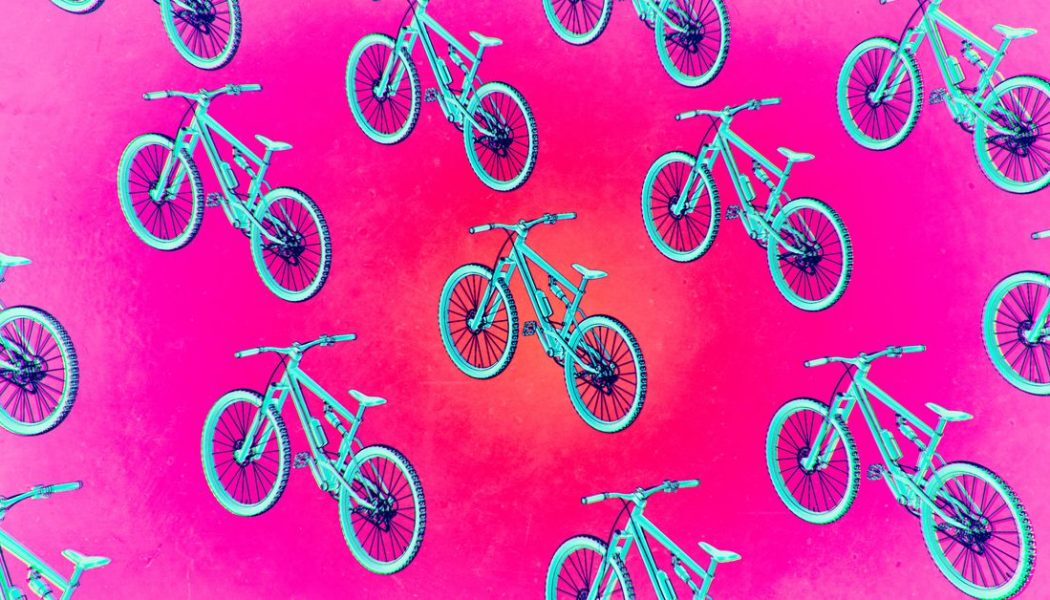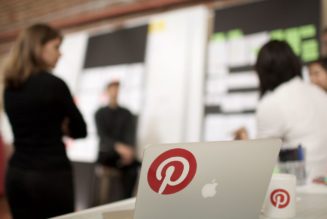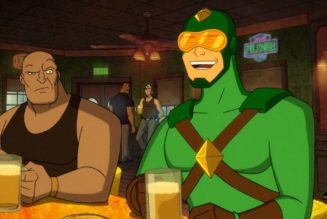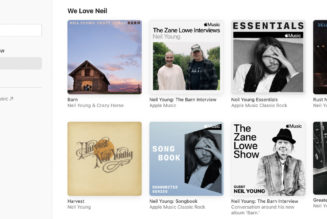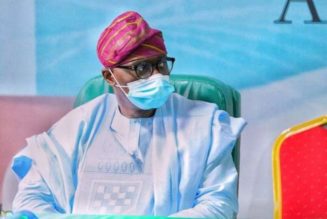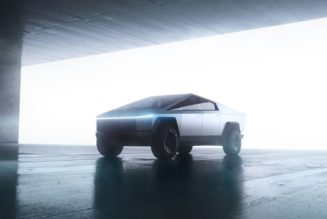
This year, millions of people turned to bicycles as a safe and socially distanced way to get out of their homes, shake off that cabin fever, and get some fresh air, and suddenly — thanks to COVID — bikes were in. But unless concerted efforts are made to ensure people can continue to cycle safely and in great numbers, all those bikes may soon be gathering dust.
Things looked grim at first, with bike sales plummeting as cities went into lockdown. But as the year plodded along, bike sales started really getting up to speed. Popular bikes went on backorder. Local shops and big-box retailers struggled to keep up with demand. The humble bicycle emerged as one of the rare winners of the pandemic.
For the first time in, well, a century, the playing field was tilted in favor of bikes. Driving rates dropped around the world as people sheltered in place. Cities closed down streets to cars to encourage walking and biking, or repurposed parking spaces for outdoor dining. Some cities, like Paris, Brussels, Seattle, and Oakland, announced plans to make these spaces permanently car-free, in the hopes of encouraging more sustainable transportation to fight climate change.
But the cars are coming back because the cars always come back. Vehicle miles traveled in the US were only down 9 percent in September compared to last year, after dropping nearly 40 percent in April during the height of the first wave. The cycling community is worried about the sustainability of this latest boom. “This could be a once-in-a-generation chance to bolster our ranks by sharing the joy of cycling,” Eben Weiss wrote in Bicycling magazine in June. “The last thing we need is to send these new riders back to their SUVs.”
The need for the bike boom to roll on beyond the pandemic is about more than the love of cycling, though. You’ll literally breathe easier when you start replacing more car trips with bicycles. We’re talking less carbon emissions, less traffic congestion, and a healthier population — the essential ingredients that make people happier and less stressed out. In the World Happiness Report 2020, countries with high bicycle use tend to be among the happiest overall, like the Netherlands (ranked sixth; daily bike use: 43 percent), Denmark (ranked second; daily bike use: 30 percent), and Finland (ranked first; daily bike use: 28 percent).
The bike boom, by the numbers
A staggering $4.1 billion worth of bikes (excluding e-bikes) were sold in the US between January and October 2020, a 62 percent increase over the same period in 2019, according to the NPD Group, which tracks retail trends. E-bikes showed even more momentum, with $490.8 million in US sales for a 144 percent increase year over year.
It’s not just in the US, of course. Europeans are projected to buy an extra 10 million bikes per year by 2020, a whopping 47 percent more than the annual number in 2019. And China, where most of the world’s bikes are manufactured, exported over 40 million bikes in the first nine months of 2020, a number four times the EU’s annual bike production.
Major bike manufacturers saw a huge windfall, with companies like Giant and Dorel (parent of Cannondale, Schwinn, Mongoose, and Pacific) reporting substantial revenue increases throughout the year. And popular e-bike brands like VanMoof, Rad Power Bikes, Gocycle, and many others all say they are doing record sales.
Haters gonna hate
Wall Street is betting that the bike boom will eventually fizzle because they’re ghouls who don’t believe we can have nice things. (Kidding, kidding — please don’t tank my retirement account.) Actually, they assume that Americans will eventually ditch their new two-wheeled friends once a vaccine is widely available — which is a pretty low opinion of our level of commitment, so it’s probably accurate.
Bike stocks plunged last month on the news that Pfizer had developed an effective coronavirus vaccine, according to Streetsblog. Giant fell 9 percent, Dorel Sports fell 7.6 percent, and bike parts maker Shimano fell 13.1 percent in one day. A month later, those stocks are still trading lower than at their summer peak.
Our enthusiasm for bikes has waxed and waned in the past. The invention of the “safety bicycle” with its chain-driven transmission in the 1890s led to one of the biggest bike crazes of all, but it couldn’t survive the advent of the automobile. Another boom in the 1970s, spurred both by the introduction of 10-speed derailleur racing bikes and the oil crisis, faded after gas prices became more affordable.
Bikes may once again be flying off the shelf, but Americans are actually biking less than in previous years. This is likely due to the steep drop in overall commuting rates as more workers chose to work from home. It would seem that recreational biking isn’t enough to offset the difference. But we’re also driving a lot less, too. It remains to be seen how it will shake out.
How to sustain the boom
It gives me no joy to report that our best hope to keep people riding bicycles may rest with the federal government. The upside is the fixes may be as simple as providing money to cities for protected bike lanes, as well as approving financial incentives like tax credits for new bike and e-bike purchases.
The best way the government can encourage more cycling is to reform automobile regulations, which is likely a heavier lift. Currently, the US National Highway Traffic Safety Administration (NHTSA) assigns safety ratings to new cars and trucks through its New Car Assessment Program (NCAP). But this rating is based solely on risks posed to automobile occupants — and not the danger posed to vulnerable road users like pedestrians and cyclists.
The number of cycling fatalities grew 38 percent from 2008 to 2019. Last year, the US recorded the highest number of pedestrian deaths in 30 years. This is related to the increase in big SUV and truck sales. The number of pedestrians killed by drivers of oversized vehicles has skyrocketed by 81 percent in the last decade, according to a report released last year by the Insurance Institute for Highway Safety.
The European Union’s version of the NCAP is different and obviously better. Vehicles receive a five-star review only if they can demonstrate an ability to come to a complete halt — or at least slow down — before colliding with a pedestrian or cyclist. Under President Obama, NHTSA began the process of revising NCAP to address safety of those outside the vehicle; under President Trump, that effort was abandoned.
President-elect Joe Biden could easily revive these efforts. And given Biden’s affinity for two-wheeled transportation — the incoming president spent a recent Saturday on what looked to be a delightful bike jaunt around the paved trails of Cape Henlopen State Park in Delaware — there is hope that he will.
Don’t get me wrong, it will be a fight. Or more accurately, it will be a turf war, as bikes will need to take physical space away from cars to maintain any forward momentum. But there are a lot of positive signs that bikes can gain the upper hand. Bike-share systems are setting records for ridership, and the popularity of electric scooters are helping to send the message to cities that a commitment to protecting the environment starts with protecting those who choose two wheels over four.
The push to protect cyclists and encourage more biking began long before COVID; let’s keep the fight going after the pandemic is over.
